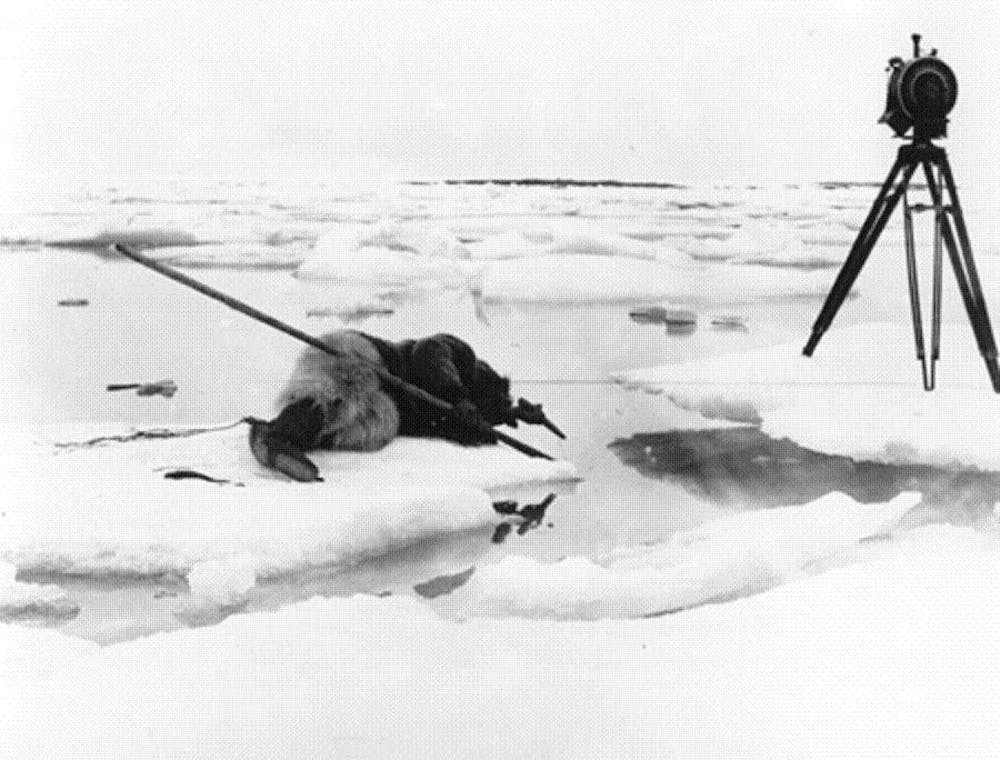On January 7th, the 75th annual Golden Globe Awards were held, honoring those who contributed to American cinema in categories such as Best Motion Picture—Drama or Best Supporting Actress—Comedy or Musical. From its praise of movies like Greta Gerwig’s Ladybird to James Franco’s The Disaster Artist, The Golden Globes, much like other celebrations of mainstream cinema, tend to prioritize films with wholly fictional narratives. While the Academy Awards may have a category for Best Documentary Feature today, the Golden Globe Awards discontinued its recognition of the work of documentary filmmakers after a mere four years in the early 1970s.
Most American moviegoers today have primarily been inundated with widely released narrative blockbusters played in conglomerate theater chains that have a minimal access to films with smaller distributions. Though the occasional documentary may have a larger presence in more locally owned theatres, the genre has seemed to be labelled as an afterthought within cinema, relegated to a niche demographic.
In the postwar period, filmmakers began to respond to the realization that documentaries, no matter how objective they may seem, can’t offer an entirely unmediated vision of reality presented as news. To better understand the evolution of documentaries and their intersection with subjectivity, I interviewed Professor of English and Cinema Studies Timothy Corrigan about this filmic tension and the future of documentary cinema.
He believes that there was an understandable suspicion about documentary truth after a period when propaganda films were presented as absolute reality. This uncertainty was most apparent in French New Wave filmmaker Alain Resnais’ Night and Fog (1956), which confronted the horrors of life within Nazi concentration camps.
Corrigan notes that that the documentary’s back—and—forth between the desire of accessing history and the inability to do so serves as the motivation of the film, as “in this day and age, one cannot totally have access to a truth, especially one that is as unrepresentable and traumatic as the camps.”
During this time period of friction between the objective and subjective, a stylistic movement within documentaries arose from the work of French New Wave director Jean Rouche. Timothy Corrigan points out that the cinéma vérité style “attempts to retrieve the truth of documentaries by creating a sort of immediacy in the encounter between the filmmaker, the camera, and the world he or she is filming”.
The filmmaker in some ways is able to reach the most immediate truth by bluntly admitting that “here we are with a camera, interviewing you, talking about you. I’m not hiding that it’s me behind the camera”.
In the early 60s, cinéma vérité migrated to North America as Direct Cinema. Even though this form took on a different tinge, Corrigan believes that Direct Cinema still aimed to “unveil the camera” as a confrontation of lost objectivity.
Another, more avant-garde form that dances around the boundaries of the traditional documentary in its search for a more conscious authenticity, the essay film, has become a popular form of moviemaking since the 1980s, decades after German avant-garde artist Hans Richter coined the term in a 1940 paper. Artists and filmmakers such as Hito Steyerl and Harun Farocki exemplify the essay film’s purpose of making the invisible world of thoughts and ideas perform on the screen.
Corrigan suggests that Farocki’s Images of the World and the Inscription of War and Steyerl’s How Not to be Seen. A Fucking Didactic Educational .MOV File , “inserts the personal subjective into the image through the presence of the [filmmakers’] individual voice, presence, and body” in the film image. In this way, the contemporary essay film takes the cinéma vérité documentary style in a more evolved, confrontational direction.
Although the Golden Globes may not currently have a category for documentaries, Timothy Corrigan remains optimistic for the state of such filmmaking, which he believes has entered its “second golden age”. We may not see an essay film’s movie poster next to Pitch Perfect 3 or Star Wars on the way to a Cinemark, but undeniably, countless documentaries can be found through video-on-demand websites like Netflix.
In a world where “so-called fake news permeates, the question of how we envision our reality through media has become a much more pressing issue”, allowing for documentaries to reach previously uncharted subjects regarding animal cruelty, environmentalism, or even the prison-industrial complex. Afterall, with the simple act of reaching into our pockets to get out our camera phones, anyone of us can walk onto a street and make our own documentary, merging the subjective with the objective.

